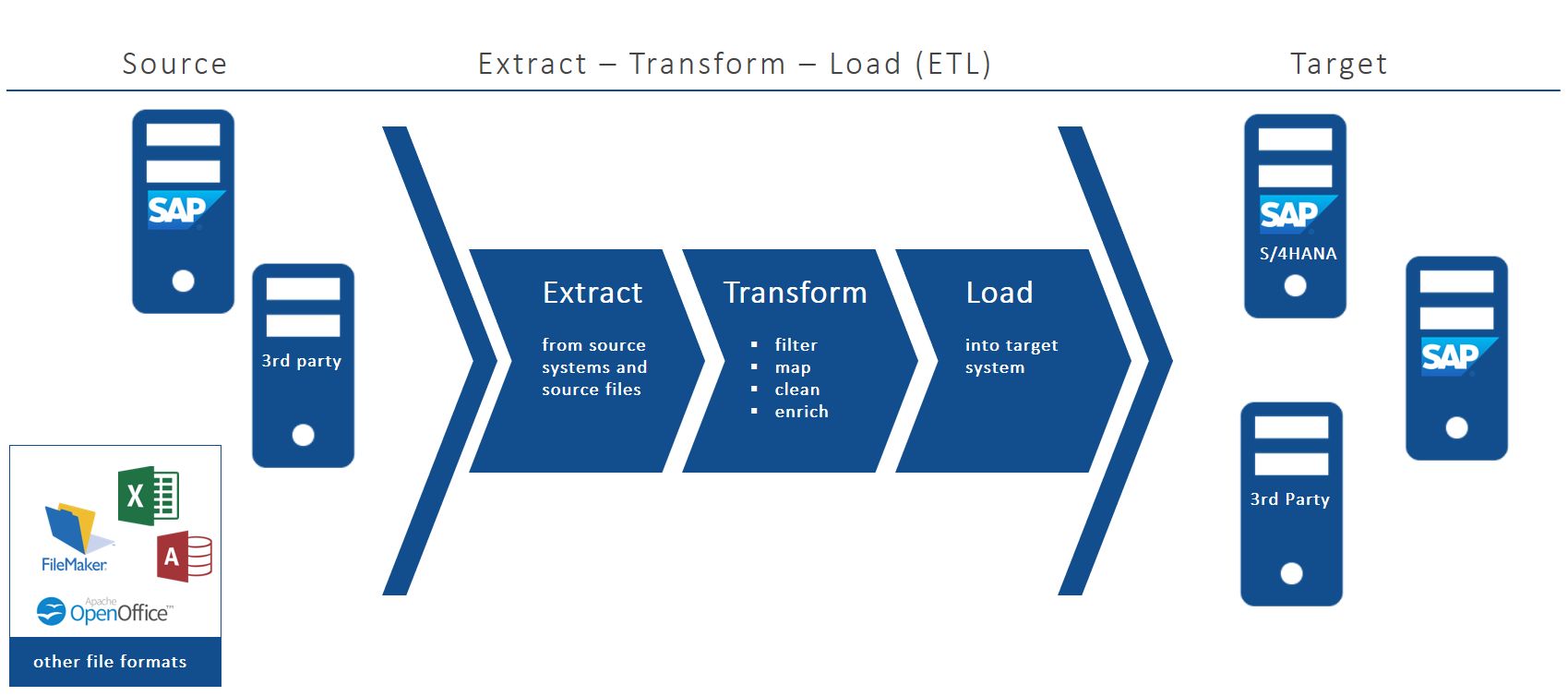
thanks to many years of experience of our consultants

thanks to tried and tested procedures and migration templates
thanks to the implementation of migration projects at a fixed price
The reasons for a data migration can be manifold. They range from the introduction of new software to the digitization of analog processes or complete technology changes. However, all data migrations have one thing in common: In order to make a data transfer successful, existing information must be adapted to a new data structure.
They represent an ideal opportunity to clean up and tidy up old data stocks and, if necessary, to enrich them with external information.
No matter what the exact reason for a data migration is, it's usually about improving performance and competitiveness. But you have to get it right. Less successful data migrations can result in inaccurate data with redundancies and imponderables. This can happen even with fully usable and appropriate source data. In addition, problems that were already present in the source data can have an increased impact when migrating to a new, more complex system.
Migrating data to SAP S/4HANA is a project that requires careful planning and implementation. Various pitfalls can stand in the way of realizing your data migration project on time and on budget. By taking our “10 hot tips for data migration to SAP S/4HANA” to heart, you can create the best possible conditions for your data migration to SAP S/4HANA to be a success.
There are different migration types and tools (like Data Services, Migration Cockpit or other ETL tools) to extract and migrate data from source systems. Which tool is the better choice depends strongly on your personal situation.


Data migration plays a crucial role in the success of the SAP S/4HANA transformation. Despite its high relevance, in practice it often happens that companies underestimate the topic of data migration and do not give it the necessary importance. However, this can have serious consequences for the further course of the SAP S/4HANA transformation.

After a data migration, the aim should be to maintain the achieved data quality in the long term. After all, the efforts made to improve data quality before the data migration should not have been in vain.




When companies implement new business software such as an ERP system, they need to move their data from the old system to the new one. Often, however, insufficient attention is paid to data migration – resulting in project delays, higher costs and a negative impact on day-to-day operations.
Simply complete the form and submit it. We will contact you for a first non-binding consultation.